Q&A: Bill Christiansen on the Sustainable Development Goal for Water Efficiency
Bill Christiansen, program manager for the Chicago-based Alliance for Water Efficiency, a nonprofit organization dedicated to the efficient and sustainable use of water, talks with Circle of Blue about the subgoal to improve water efficiency.
In a series of Q&As with water experts, Circle of Blue explores the significance of the United Nations Sustainable Development Goals for water, how they can be achieved, and how they will be measured. We spoke with Bill Christiansen about the 6.4 subgoal, which aims, by 2030, to “substantially increase water-use efficiency across all sectors and ensure sustainable withdrawals and supply of freshwater to address water scarcity, and substantially reduce the number of people suffering from water scarcity.”
Bill Christiansen: Many water utilities in the United States and Canada promote water use efficiency through education and outreach, and incentive programs. There are a variety of ways to increase water use efficiency ranging from behavior changes, indoor fixture replacement, and improving the efficiency of outdoor water use such as lawn watering. Residential water use efficiency has improved greatly in North America in the last couple of decades. A lot of that has to do with the Energy Policy Act of 1992 that created new efficiency requirements for fixtures in homes, such as toilets, and made them a lot more efficient. There is still a lot of opportunity for reducing water use, particularly in regard to outdoor water use.
The commercial and industrial water use sectors can also be targeted to improve water use efficiency. Water use in these sectors is not as homogenous as residential, and often large savings can be achieved.
Bill Christiansen: I think outdoor water use on the residential side, and on the nonresidential side I think there are many opportunities for savings with indoor and outdoor water use.
Commercial and industrial water use is less homogenous than residential water use, and the opportunities for savings can vary greatly among water users. A wealth of information on this topic can be found on the Alliance for Water Efficiency website.
Bill Christiansen: I think it’s important to plan for uncertainty, and accept that things may change, whether it be the climate or current water supply conditions. We have seen extreme drought in the United States recently, and some scientists are predicting greater frequency of extreme weather events. Uncertainty is something planners need to embrace and consider as they look forward.
I think we’ll see technology continue to improve and we will adapt to changing conditions. I am optimistic that the solutions will be there, and I think we’ll see increased attention toward things like water loss and metering. Smart metering, improved customer awareness, and other technological innovations will help us better manage our resources in the future.
A news correspondent for Circle of Blue based out of Hawaii. She writes The Stream, Circle of Blue’s daily digest of international water news trends. Her interests include food security, ecology and the Great Lakes.
Contact Codi Kozacek


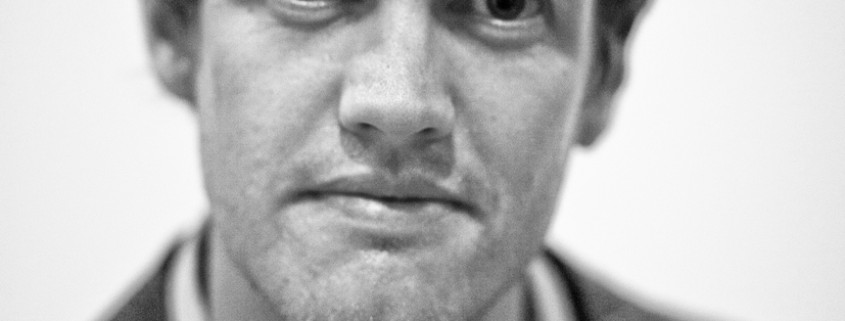
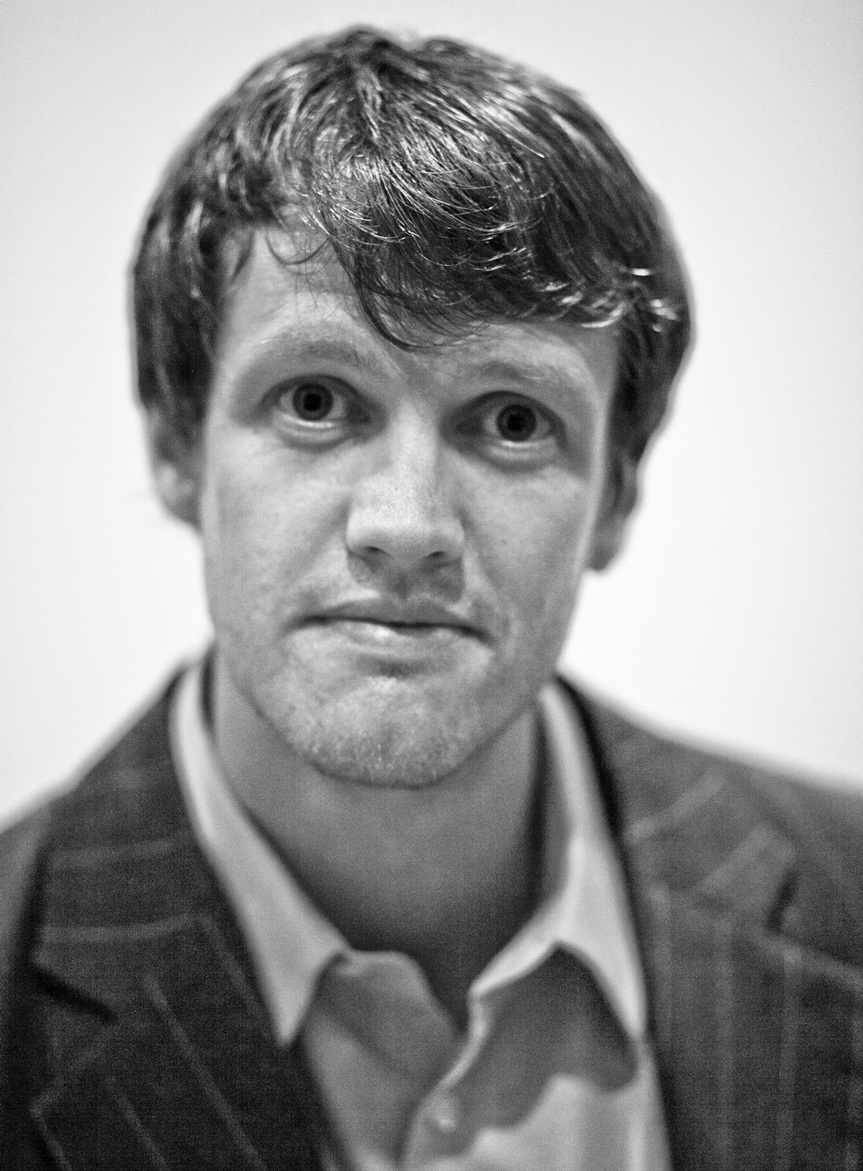
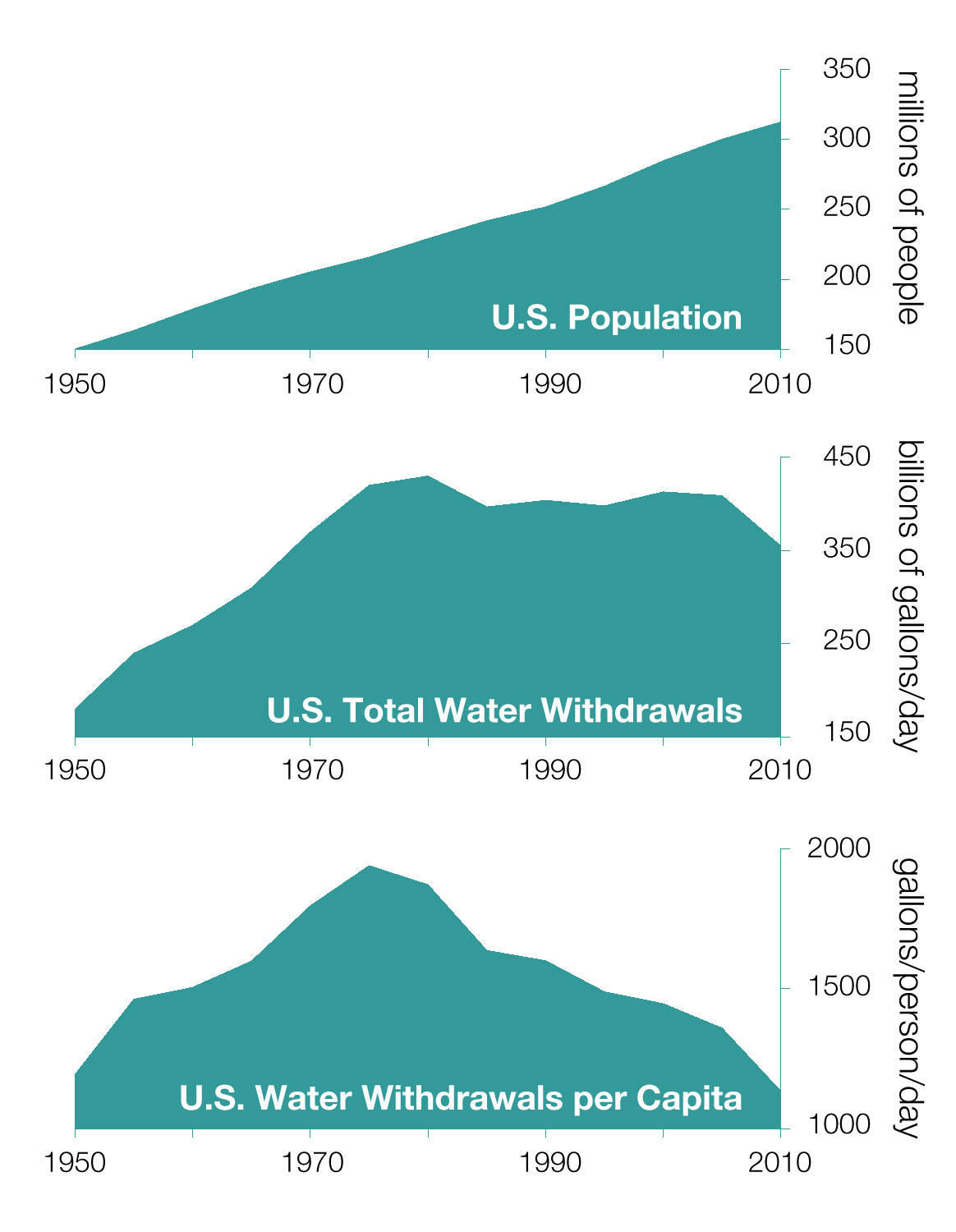

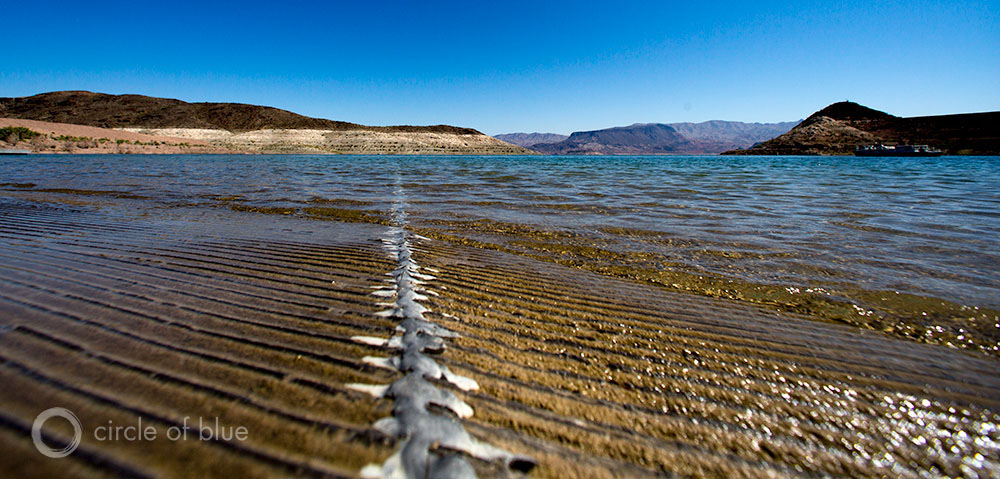
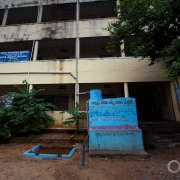

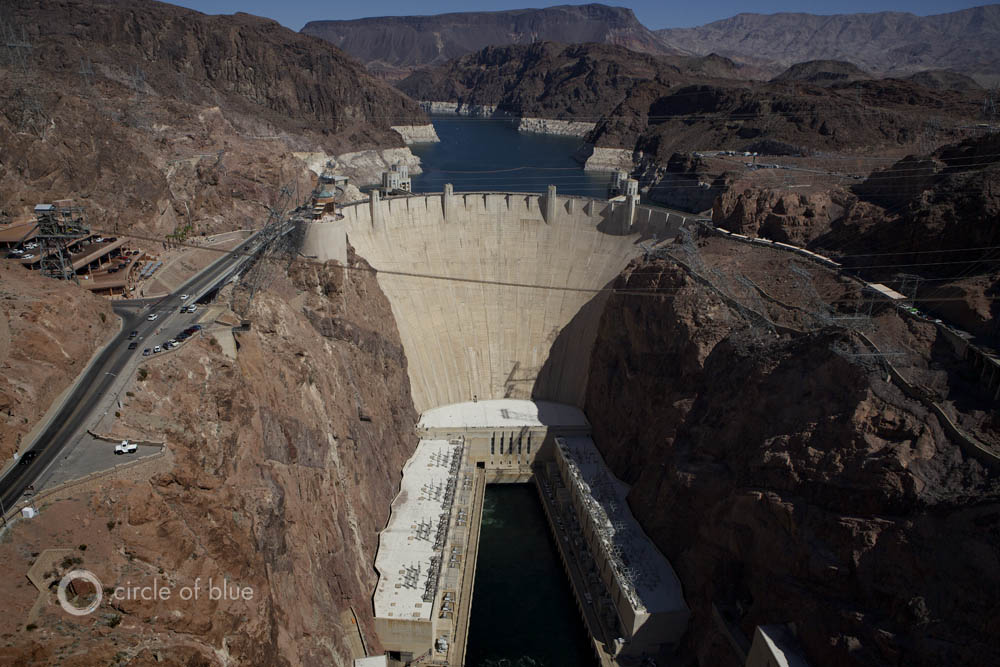


Seems to me that the Sustainable Development Goals area little too encompassing in order to be effective. I understand the need to be inclusive but when I think of the word “sustainable”, I don’t think of eradicating poverty, safeguarding natural resources, or achieving human equality. These are all noble goals but they don’t have anything to do with being sustainable.